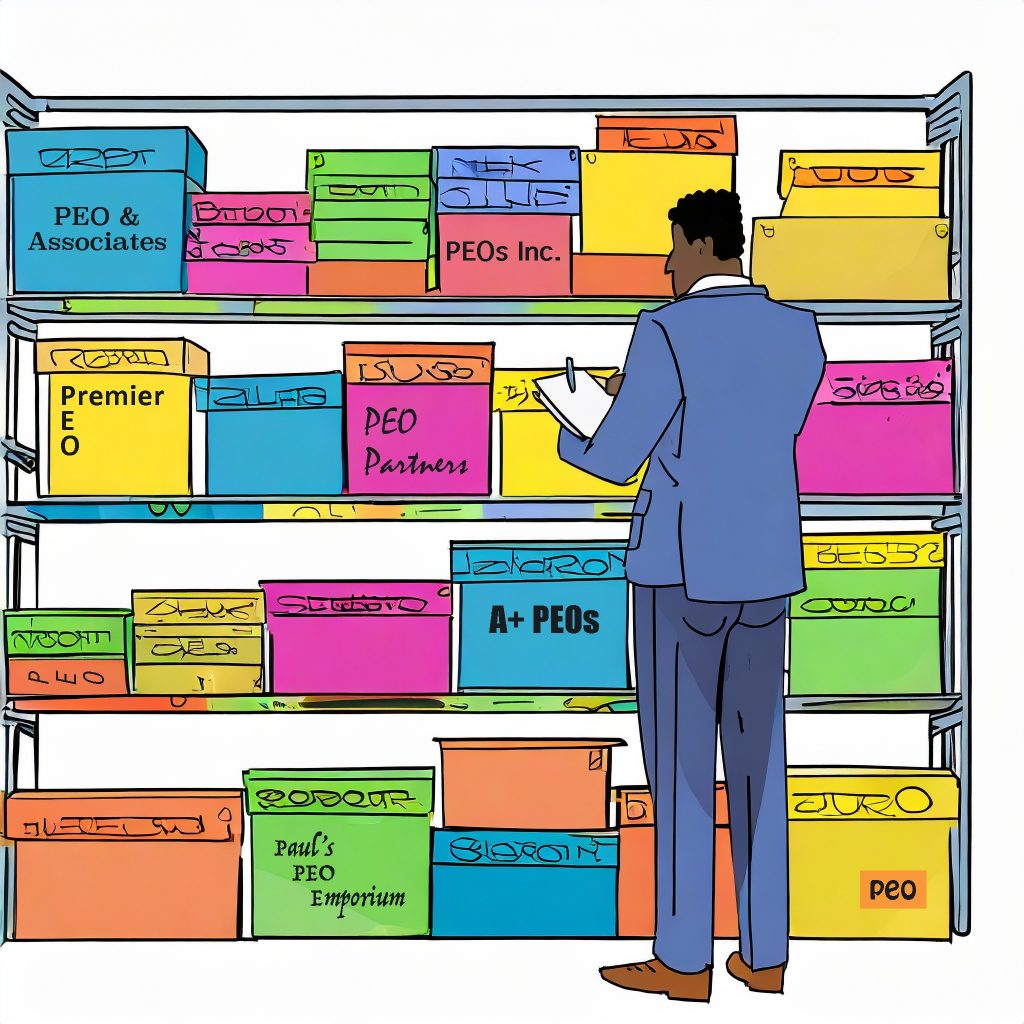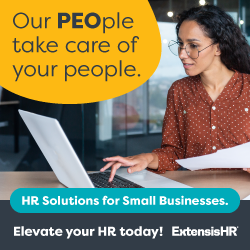As the owner of a small to medium-sized business, you know how crucial yet time-consuming human resources management can be. Partnering with a Professional Employer Organization (PEO) lets you outsource critical HR functions so you can stay focused on the passion of moving your business forward.
However, your needs tend to change over time. What was once a great PEO fit may not be the right solution several years later. So when should you consider shopping for a new PEO provider? Here are three key areas to evaluate:
1. Changes in Your Company’s Structure and Employee Profile
As your business evolves, so do your HR needs. If you’ve experienced significant growth or change, your current PEO may no longer be the right partner. Watch for these indicators:

Company Growth
Have you expanded to multiple locations and/or significantly increased your headcount? A PEO that served a 10-person firm likely can’t meet the needs of a 50-person company spread across three states. Look for a PEO that specializes in businesses of your current size.
New Locations
Adding remote employees in new geographies means you now have to address a variety of payroll taxes, workers’ compensation, and compliance needs. Ensure your PEO has licensed services in all of your locations.
New Employee Demographics
Do you now employ more high-wage contractors or employees with specialized compliance needs (e.g., healthcare or transportation)? Look for a PEO versed in your new employee profiles’ requirements.
New Compliance Burdens
Entering a highly regulated industry or new market may require expertise your current PEO lacks. Seek a provider with experience serving companies in your new field.
Tech Stack Changes
Switching core HR systems could cause integration problems with your current PEO. Consider PEOs that easily integrate with your new tech stack.
Ultimately, if your company looks very different today, your PEO should too. Don’t stick with a poor fit out of habit or inertia.
2. Length of Time with Current PEO
PEO partnerships often have a natural lifecycle. For many companies, 3-5 years with one PEO is optimal before considering change. Why?
Complacency Risk
Long PEO partnerships may breed complacency and lack of innovation. Regularly evaluating new PEOs leverages competition to keep your current partner on their toes.
Missed Enhancements
Changing PEOs allows you to take advantage of new offerings, tools, and techniques rather than remaining stuck in the past. Look for advanced HR analytics, employee apps, improved managed services, and tech integrations.
Dated Knowledge
Workplace compliance and regulations evolve constantly. After several years, your current PEO may not be up to speed on the latest HR best practices and requirements. A new partner can bring fresh expertise.
Conversion Fatigue
Transitioning systems and data between PEOs can be tiring. But if it’s been 5+ years, the short-term pain may be worth the long-term gain.
While you don’t want to switch PEOs frivolously, beware of sticking with the status quo for too long. Periodically exploring new PEO solutions can reinvigorate your HR outsourcing.
3. Concerns with Current PEO Performance
If your current PEO partnership has developed cracks, it may be time to move on. Watch for these trouble signs:
Poor Service Quality
Do you regularly encounter slow response times, lack of expertise, and poor communication? Don’t tolerate subpar service simply because switching seems inconvenient. You deserve better.
Compliance Failures
Have there been issues with late filings, paperwork errors, or lack of support during audits? Mistakes here carry major risk. Reassess whether your PEO has the diligence to protect you.
Poor Technology
Does your PEO’s web portal feel outdated or lack mobile functionality? Are integrations with your other systems missing or broken? Old tech can impede HR productivity.
Inflexibility
Do you find it hard to customize programs or reporting? Does your PEO resist tailoring services to your needs? The right partner prioritizes flexibility and customization.
Price Hikes
While some increases are understandable, beware chronic price inflation without added value. Use competitive bids to reassess if your current rates are fair.
Churning Account Team
High turnover in your account management team can lead to disjointed service and loss of institutional knowledge. Ask about staff retention data.
Of course, no PEO is perfect 100% of the time. But if the negatives consistently outweigh the positives with your current partner, it may be time to switch. Don’t let an unhealthy relationship drag on.
Making the PEO Switch
Changing PEOs brings work, particularly converting data and processes. But take heart! Companies do this all the time and reap the rewards of finding a better HR outsourcing partner. Focus on asking your current provider for final quarter financials early to facilitate the transition. Develop a detailed project plan and timeline, communicate clearly with employees, and lean on your new PEO for implementation guidance.
With a methodical approach, you can make a seamless PEO transition and take your HR outsourcing to the next level. If the time seems right based on the factors above, don’t postpone finding a solution better suited to your company’s current needs. You’ll eliminate frustrations, gain efficiencies, and position your HR programs for future growth. The temporary disruption of switching PEOs will pay dividends for years to come.



